Home>Articles>Why Is The Water Dispenser On My Fridge So Slow


Articles
Why Is The Water Dispenser On My Fridge So Slow
Modified: January 6, 2024
Discover why the water dispenser on your fridge is running slow and find helpful articles on how to fix the issue for optimal water flow.
(Many of the links in this article redirect to a specific reviewed product. Your purchase of these products through affiliate links helps to generate commission for Storables.com, at no extra cost. Learn more)
Introduction
Having a water dispenser on your fridge is a convenient feature, allowing you to access chilled water on demand. However, if you’ve noticed that the water dispenser on your fridge is running slowly, it can be frustrating. The slow water flow can be a result of various factors, ranging from clogged filters to low water pressure or even damaged water lines.
In this article, we will explore the possible reasons behind a slow water dispenser on your fridge and provide you with solutions to resolve the issue. By the end, you should have a clear understanding of why your water dispenser is running at a sluggish pace and how to fix it.
Key Takeaways:
- Regularly replacing the water filter and checking for low water pressure can restore optimal water flow from your fridge’s dispenser, ensuring a steady supply of clean and refreshing water.
- Inspecting and repairing damaged water lines, as well as replacing a faulty water inlet valve, can address slow water dispensing issues, providing a faster and more efficient water dispensing experience.
Read more: Why Is Water Dispenser On Fridge Not Working
Reasons for Slow Water Dispensing
When your fridge’s water dispenser is running slow, it’s essential to identify the root cause of the issue. Here are some common reasons why your water dispenser is dispensing water at a sluggish pace:
- Clogged Water Filter: One of the most common culprits behind a slow water dispenser is a clogged water filter. Over time, mineral deposits and impurities can accumulate in the filter, restricting the water flow. A dirty or clogged filter needs to be replaced to restore proper water flow.
- Low Water Pressure: Insufficient water pressure can also slow down the water dispenser. If the water pressure in your home is low, it will affect the flow rate from the fridge’s water dispenser. This can be caused by issues with the main water line or a malfunctioning pressure regulator.
- Damaged Water Lines: Damaged or kinked water lines can obstruct the water flow from reaching the dispenser, resulting in slow dispensing. Over time, wear and tear or accidental damage can lead to leaks or blockages in the water lines, impacting the water flow rate.
- Faulty Water Inlet Valve: The water inlet valve is responsible for controlling the water flow into the fridge. If the valve is faulty or partially blocked, it can restrict the water flow and cause slow dispensing. A malfunctioning water inlet valve may need to be replaced to restore the normal flow.
Now that we have identified the common reasons for slow water dispensing, let’s explore the solutions to these issues in the following sections.
Clogged Water Filter
If your fridge’s water dispenser is running slow, a clogged water filter could be to blame. Over time, mineral deposits, sediment, and other impurities can accumulate inside the filter, obstructing the water flow. To resolve this issue, follow these steps:
- Locate the water filter. It is usually located inside the fridge, either in the upper right corner of the refrigerator compartment or at the bottom front grille.
- Before replacing the filter, it is important to turn off the water supply to the fridge. Look for the shut-off valve near the fridge’s water line, and turn it off to prevent any water leakage.
- Remove the old filter by twisting it counterclockwise. Pay attention to any water that may still be inside the filter and have a towel or bucket ready to catch any spills.
- Inspect the old filter and notice any signs of discoloration or debris. This is a clear indication that the filter was clogged and needed to be replaced.
- Install a new water filter by aligning it with the filter housing and twisting it clockwise until it locks into place securely.
- Once the new filter is in place, turn on the water supply to the fridge. This will allow water to flow through the new filter and remove any air pockets.
- Run water through the dispenser for a few minutes to flush out any remaining impurities or air bubbles.
- Check the water flow from the dispenser. You should notice a significant improvement in the water flow rate. If the issue persists, move on to the next troubleshooting step.
By replacing the clogged water filter, you can restore the proper water flow to your fridge’s dispenser. This simple solution can often resolve the slow dispensing issue and ensure that you have a steady supply of clean and refreshing water at your convenience.
Low Water Pressure
If your fridge’s water dispenser is running slowly, insufficient water pressure could be the underlying cause. Low water pressure can result from various factors, such as problems with the main water line or a malfunctioning pressure regulator. Here are some steps you can take to address low water pressure:
- Check the water pressure in your home by turning on another faucet. If you notice low water pressure throughout your house, the issue could be with the main water supply. In this case, contacting your water provider or a plumber may be necessary to resolve the problem.
- If the low water pressure is isolated to the refrigerator’s water dispenser, examine the water line leading to the fridge. Ensure that it is not crimped or kinked, as this can restrict the flow of water. Straighten any kinks or replace damaged sections of the water line.
- If there is a pressure regulator installed on the water line leading to the fridge, make sure it is functioning correctly. A faulty pressure regulator can impact the water pressure. Consult a professional plumber to inspect and repair or replace the pressure regulator if necessary.
- Another possible cause of low water pressure is a partially closed water shut-off valve. Locate the shut-off valve on the water line leading to the fridge and ensure that it is fully open. A partially closed valve can restrict the flow of water, resulting in slow dispensing.
- If you have recently replaced the water filter, make sure it is properly installed. An incorrectly installed filter can impede the water flow and cause low pressure. Remove the filter and reinstall it, ensuring a secure fit.
- Lastly, you can consult the user manual or contact the manufacturer of your refrigerator for specific troubleshooting steps related to low water pressure. They may have additional recommendations or insights tailored to your appliance model.
By addressing low water pressure issues, you can restore the optimal water flow to your fridge’s water dispenser. This ensures that you have a consistent and satisfactory water dispensing experience, making it easier to enjoy refreshing water at any time.
Damaged Water Lines
If your fridge’s water dispenser is running slowly, it is possible that the water lines leading to the dispenser are damaged or obstructed. Damaged or kinked water lines can restrict the water flow, resulting in slow dispensing. Follow these steps to address the issue:
- First, inspect the water lines for any visible signs of damage. Look for any leaks, cracks, or kinks along the length of the water lines. If you notice any damage, it will need to be repaired or replaced.
- If the water lines appear undamaged, check for any blockages. Sediment, debris, or mineral buildup can accumulate inside the water lines and restrict the flow of water. Disconnect the water lines from both the fridge and the water supply, then use a clean, soft brush to gently remove any obstructions.
- After clearing any blockages, reattach the water lines securely. Ensure that the connections are tight to prevent any water leakage.
- Turn on the water supply to the fridge and check the water flow from the dispenser. If the water is still running slow, move on to the next troubleshooting step.
- In some cases, the damage to the water lines may be internal or not easily visible. If you suspect that there may be hidden damage, it is recommended to seek the assistance of a professional plumber. They can inspect the water lines more thoroughly and provide the necessary repairs or replacements.
By addressing any damage or blockages in the water lines, you can restore the proper water flow to your fridge’s dispenser. This ensures that you can enjoy a continuous and efficient water dispensing experience without any delays or frustration.
Read more: Why Is My HP Printer So Slow
Faulty Water Inlet Valve
If your fridge’s water dispenser is running slowly, a faulty water inlet valve could be the culprit. The water inlet valve is responsible for controlling the flow of water into your refrigerator. If it is malfunctioning or partially blocked, it can restrict the water flow and result in slow dispensing. Follow these steps to address a faulty water inlet valve:
- Locate the water inlet valve, which is typically located at the back of the refrigerator. It is connected to the water supply line.
- Before proceeding, it is essential to turn off the water supply to the fridge. Locate the shut-off valve on the water line and turn it off to prevent any water leakage.
- To access the water inlet valve, you may need to remove the back panel of the refrigerator or the lower kick plate. Refer to your refrigerator’s user manual for specific instructions on how to access the valve.
- Inspect the water inlet valve for any visible signs of damage or blockage. Look for cracks, leaks, or debris that may be obstructing the water flow.
- If the valve appears damaged, you will need to replace it. Consult the refrigerator’s manufacturer or a professional technician for the correct replacement part and installation process.
- If there are no visible signs of damage, you can try cleaning the valve to remove any blockages. Carefully remove the valve and rinse it under running water to dislodge any debris or mineral buildup. Reinstall the valve securely.
- Once the water inlet valve is replaced or cleaned, turn the water supply back on and check the water flow from the dispenser. You should notice a significant improvement in the water flow rate. If the issue persists, it is advisable to seek professional assistance.
By addressing a faulty water inlet valve, you can restore the normal flow of water to your fridge’s dispenser. This ensures that you can enjoy a steady and efficient supply of water whenever you need it.
Check the water supply line for any kinks or blockages. Also, replace the water filter if it’s old or clogged. This should help improve the water flow from the dispenser.
Solution: Replacing the Water Filter
If your fridge’s water dispenser is running slowly, one of the most common culprits is a clogged water filter. Over time, mineral deposits, sediment, and other impurities can accumulate in the filter, obstructing the water flow. Replacing the water filter is a simple yet effective solution to address this issue. Follow these steps to replace the water filter:
- Locate the water filter. It is usually located inside the fridge, either in the upper right corner of the refrigerator compartment or at the bottom front grille. Refer to your refrigerator’s user manual if you are unsure of its location.
- Before replacing the filter, it is important to turn off the water supply to the fridge. Look for the shut-off valve near the fridge’s water line, and turn it off to prevent any water leakage.
- Remove the old filter by twisting it counterclockwise. Some filters may have a release button or a push/pull mechanism. Pay attention to any water that may still be inside the filter and have a towel or bucket ready to catch any spills.
- Inspect the old filter and notice any signs of discoloration or debris. This is a clear indication that the filter was clogged and needed to be replaced.
- Install a new water filter by aligning it with the filter housing and twisting it clockwise until it locks into place securely. Follow the manufacturer’s instructions for your specific model of refrigerator.
- Once the new filter is in place, turn on the water supply to the fridge. This will allow water to flow through the new filter and remove any air pockets.
- Run water through the dispenser for a few minutes to flush out any remaining impurities or air bubbles.
- Check the water flow from the dispenser. You should notice a significant improvement in the water flow rate after replacing the clogged filter.
By regularly replacing the water filter, usually every 6 months or according to the manufacturer’s recommendations, you can ensure a continuous and efficient flow of clean and refreshing water from your fridge’s dispenser.
Solution: Checking and Adjusting Water Pressure
If your fridge’s water dispenser is running slowly, low water pressure could be the culprit. Insufficient water pressure can affect the water flow rate, resulting in slow dispensing. Here’s how you can check and adjust the water pressure:
- Check the water pressure in your home by turning on another faucet, such as a sink or shower. If the water pressure is low throughout your house, the issue may be with the main water supply. Contact your water provider or a plumber to address the problem.
- If the low water pressure is isolated to the refrigerator’s water dispenser, examine the water line leading to the fridge. Ensure that it is not crimped or kinked, as this can restrict the flow of water. Straighten any kinks or replace damaged sections of the water line.
- Find the water shut-off valve near the fridge’s water line. Check if the valve is fully open. Sometimes, a partially closed valve can limit water pressure. Make sure the valve is fully open to improve the flow of water.
- If your refrigerator has a pressure regulator installed on the water line, check if it is functioning correctly. A faulty pressure regulator can affect the water pressure. Consult a professional plumber to inspect and repair or replace the pressure regulator if needed.
- Another possible solution is to adjust the water pressure at the main water supply valve. If you are familiar with plumbing tasks, you can try increasing the water pressure by adjusting the valve. However, it’s recommended to consult a professional plumber for proper adjustment to avoid any damage.
- After making any necessary adjustments, turn on the water supply to the fridge and check the water flow from the dispenser. You should notice an improvement in the water pressure and dispensing speed.
By checking and adjusting the water pressure, you can optimize the flow of water to your fridge’s dispenser. This ensures that you can enjoy a consistent and efficient water dispensing experience without any delays or slow flow.
Solution: Inspecting and Repairing Water Lines
If your fridge’s water dispenser is running slowly, damaged or obstructed water lines may be the cause. Damaged or kinked water lines can restrict the flow of water, resulting in slow dispensing. Here’s how you can inspect and repair the water lines:
- Start by visually inspecting the water lines leading to the fridge. Look for any visible signs of damage, such as leaks, cracks, or kinks. If you notice any of these issues, the water lines will need to be repaired or replaced.
- Before attempting any repairs, ensure that you turn off the water supply to the fridge. Locate the shut-off valve on the water line and close it to prevent any water leakage.
- If there are any kinks in the water lines, gently straighten them out to clear the obstruction. It’s important not to apply excessive force or create additional damage to the lines during this process.
- If you notice any leaks in the water lines, use a patch kit or replace the damaged sections of the line. Cut out the damaged part and install a new connector or splice the line together using appropriate fittings.
- After making any necessary repairs, ensure that all connections are tight and secure to prevent any water leakage.
- Turn on the water supply to the fridge and check the water flow from the dispenser. You should notice an improvement in the water flow rate if the damaged or kinked water lines were causing the slow dispensing.
- If the issue persists or if there is hidden damage to the water lines, it’s best to seek the assistance of a professional plumber. They can further inspect and repair the water lines to ensure optimal water flow.
By inspecting and repairing the water lines, you can remove any obstructions or damages that are causing the slow water flow from your fridge’s dispenser. This will help you enjoy a consistent and efficient water dispensing experience.
Read more: Why Does My Printer Print So Slow
Solution: Replacing the Water Inlet Valve
If your fridge’s water dispenser is running slowly, a faulty water inlet valve could be the cause of the issue. The water inlet valve controls the flow of water into your refrigerator, and if it is malfunctioning or partially blocked, it can restrict the water flow and result in slow dispensing. Here’s how you can replace the water inlet valve:
- Start by locating the water inlet valve at the back of your refrigerator. It is usually connected to the water supply line.
- Before proceeding with any repairs, it’s important to turn off the water supply to the fridge. Locate the shut-off valve on the water line and close it to prevent any water leakage.
- To access the water inlet valve, you may need to remove the back panel of the refrigerator or the lower kick plate. Consult your refrigerator’s user manual for specific instructions on how to access the valve.
- Inspect the water inlet valve for any visible signs of damage, such as cracks, leaks, or blockages. If the valve appears to be defective, it will need to be replaced.
- Disconnect the electrical connections and water lines from the faulty valve. Take note of where each connection goes and label them if necessary for easier reinstallation later.
- Install the new water inlet valve by connecting the electrical connectors and water lines properly. Refer to the manufacturer’s instructions or consult a professional technician if you are unsure of the correct connections.
- Once the new valve is installed, turn on the water supply and check for any leaks. Run water through the dispenser for a few minutes to purge any air from the system.
- Test the water flow from the dispenser. You should notice a significant improvement in the water flow rate after replacing the faulty valve.
By replacing the faulty water inlet valve, you can ensure a proper flow of water to your fridge’s dispenser. This will result in a faster and more efficient water dispensing experience, allowing you to enjoy refreshing water without any delays.
Conclusion
A slow water dispenser on your fridge can be a frustrating issue to deal with. However, addressing the underlying causes of the slow water flow can help you restore the optimal function of your dispenser. Throughout this article, we have explored some common reasons for a slow water dispenser and provided solutions to each issue.
We first discussed the possibility of a clogged water filter, which is a common culprit. Replacing the water filter on a regular basis can help prevent slow water dispensing due to filter blockage.
We then explored the potential issue of low water pressure, which can be caused by problems with the main water supply or a malfunctioning pressure regulator. Checking and adjusting the water pressure can significantly improve water flow to the dispenser.
Next, we discussed the possibility of damaged water lines, which can cause obstructions and slow down the water flow. Inspecting and repairing the water lines can rectify this issue and restore proper water flow.
Finally, we addressed the potential problem of a faulty water inlet valve, which controls the water flow into the refrigerator. Replacing the water inlet valve can resolve any malfunctions and ensure a consistent water flow rate.
It is important to note that some of these solutions may require professional assistance, especially if you are unsure about handling plumbing or electrical tasks. Don’t hesitate to contact a professional technician or plumber if needed.
By identifying the root cause of the slow water dispenser and implementing the appropriate solution, you can enjoy a faster and more efficient water dispensing experience on your fridge. Remember to follow the manufacturer’s instructions and maintain regular maintenance practices to keep your water dispenser running smoothly in the long run.
Frequently Asked Questions about Why Is The Water Dispenser On My Fridge So Slow
Was this page helpful?
At Storables.com, we guarantee accurate and reliable information. Our content, validated by Expert Board Contributors, is crafted following stringent Editorial Policies. We're committed to providing you with well-researched, expert-backed insights for all your informational needs.
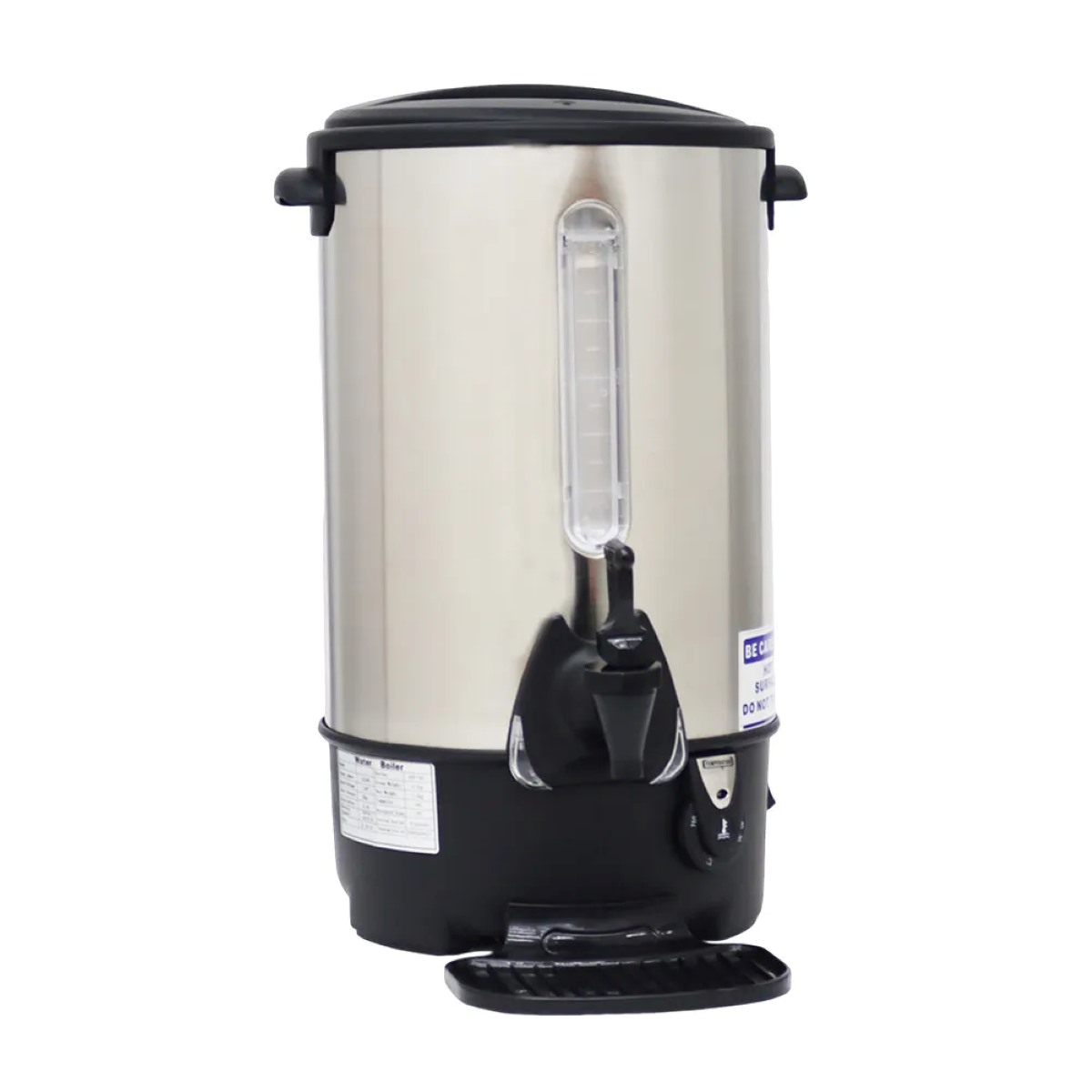
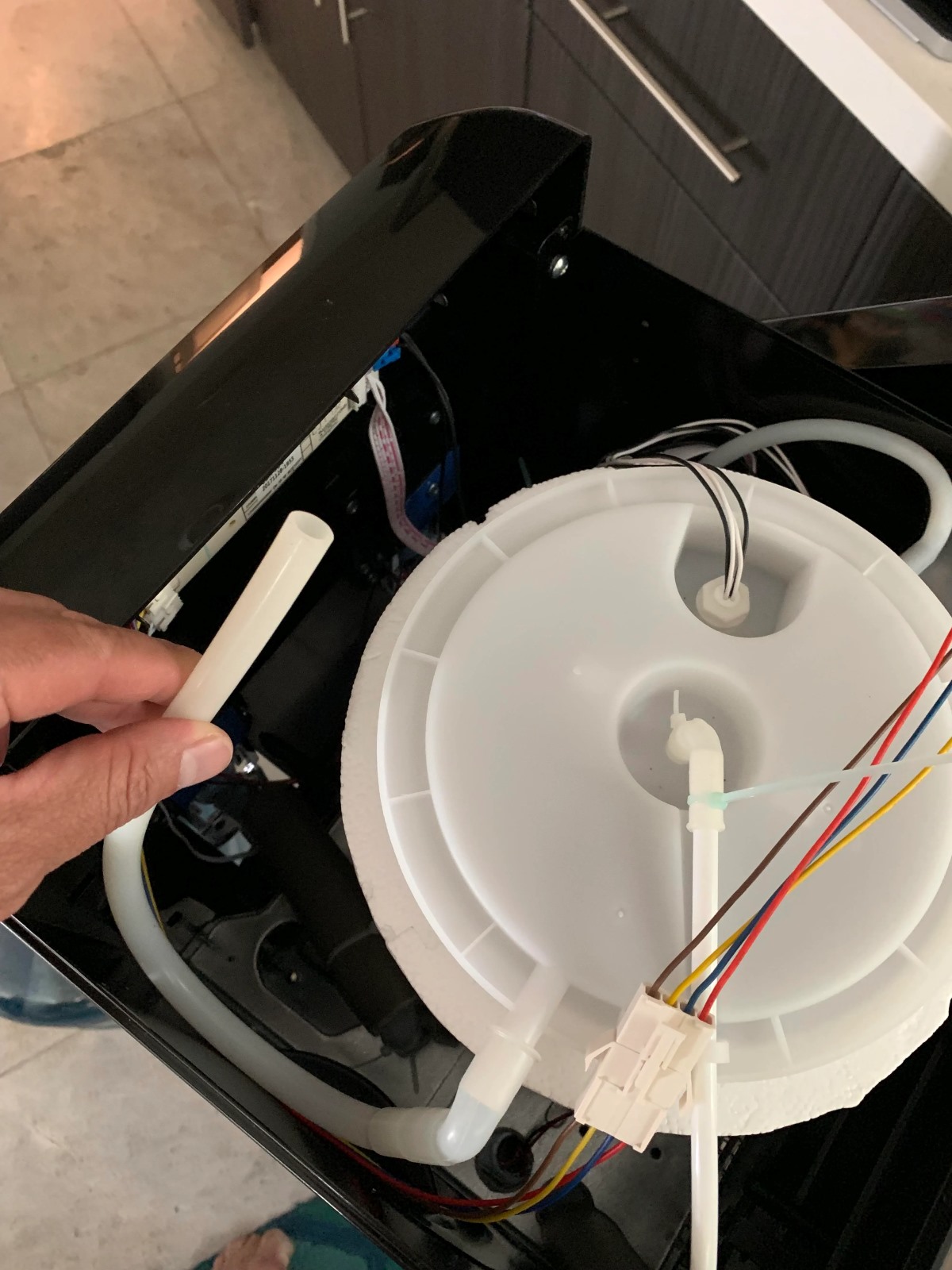
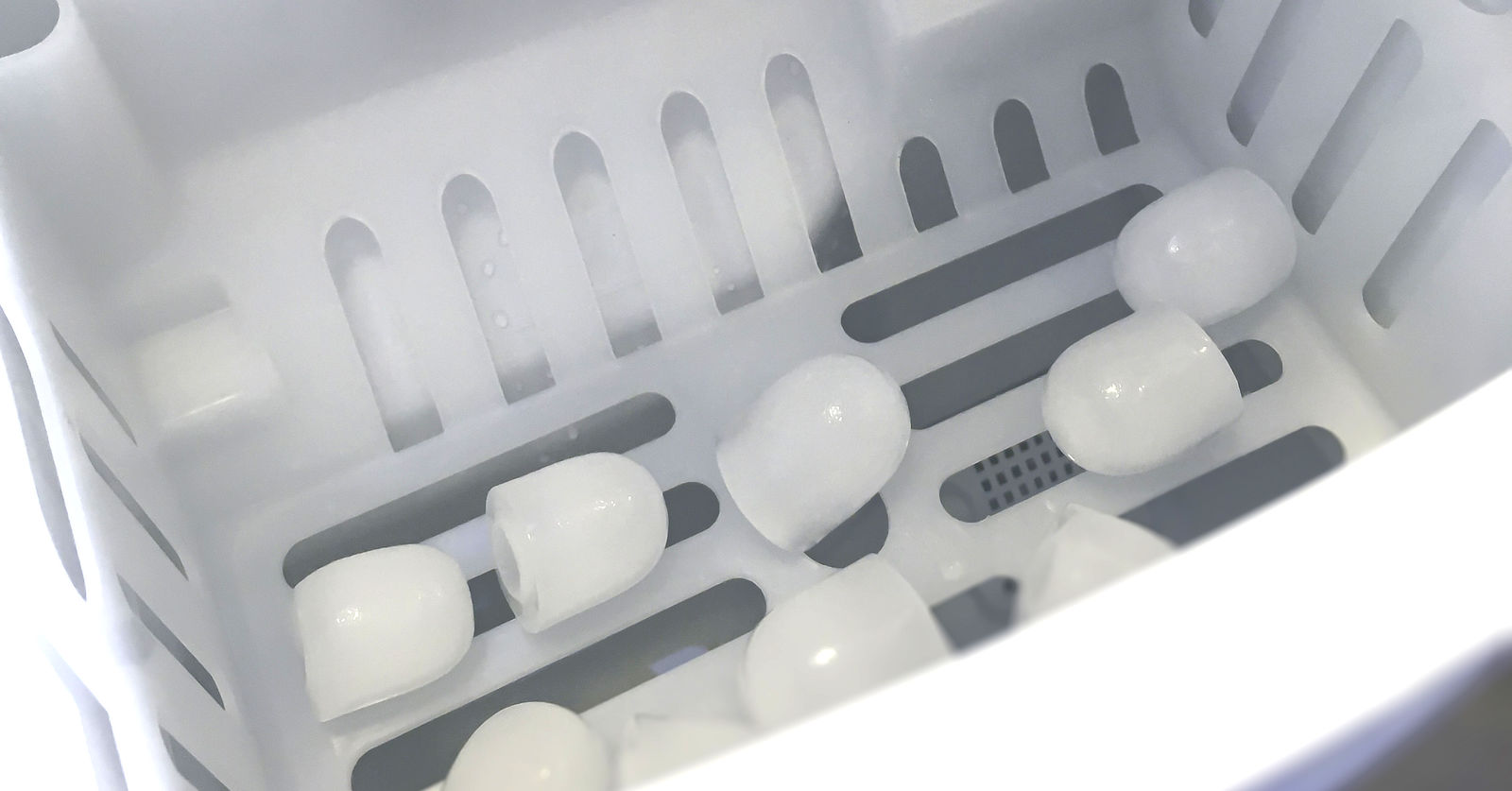
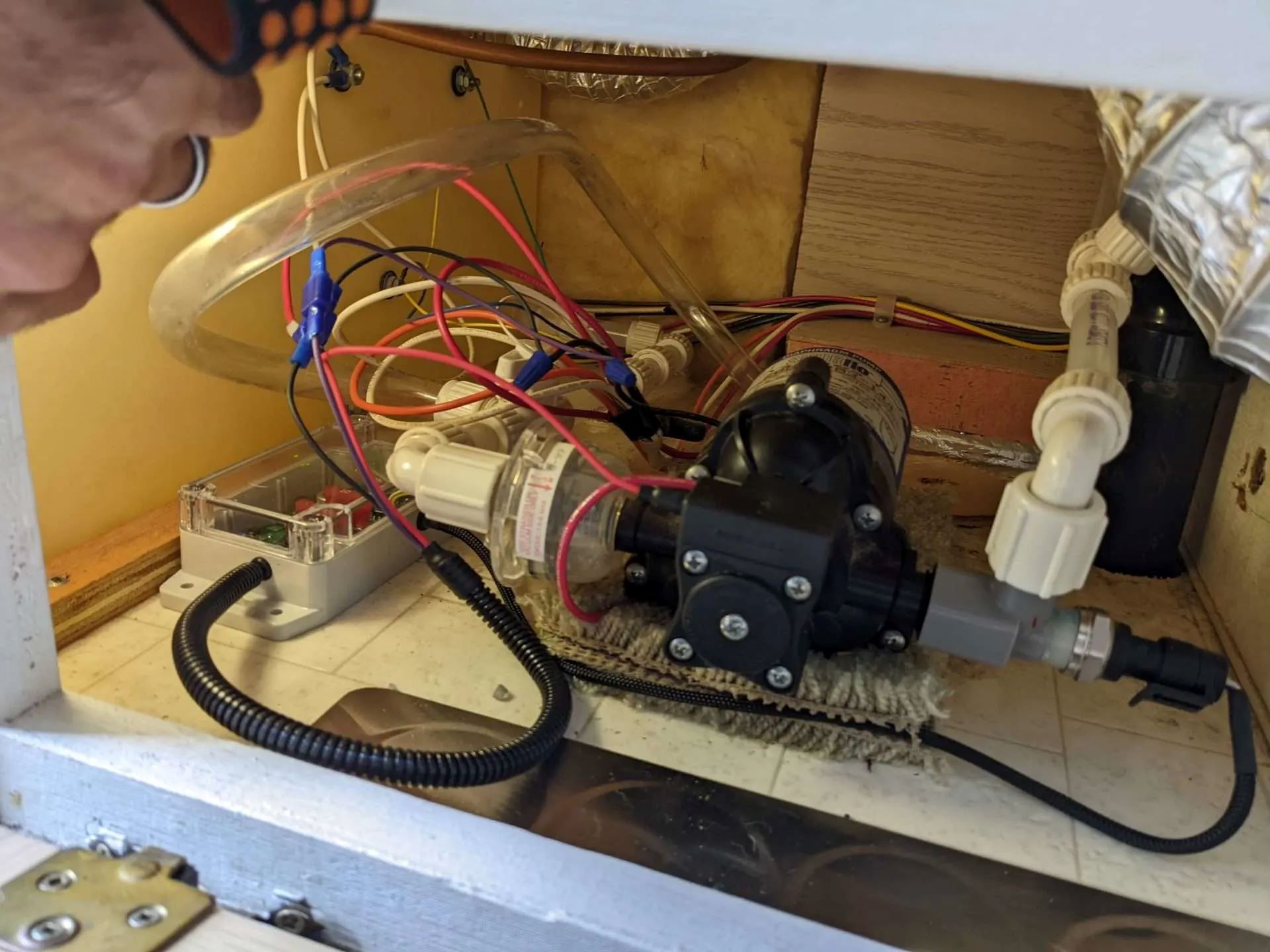
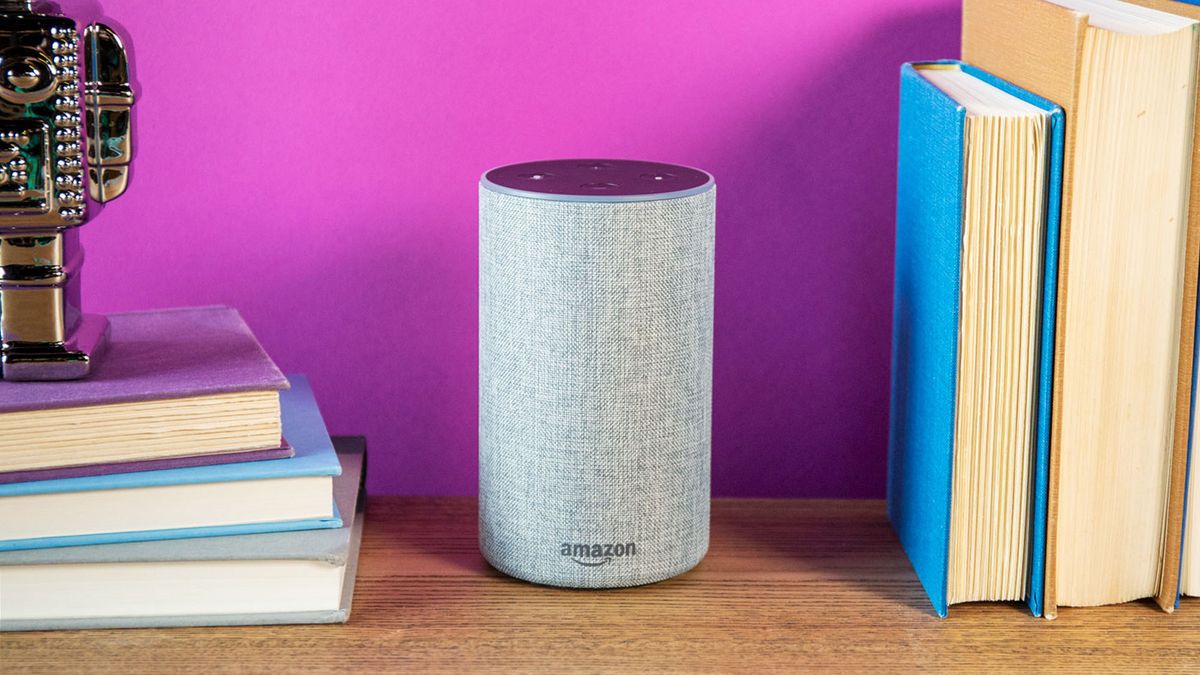
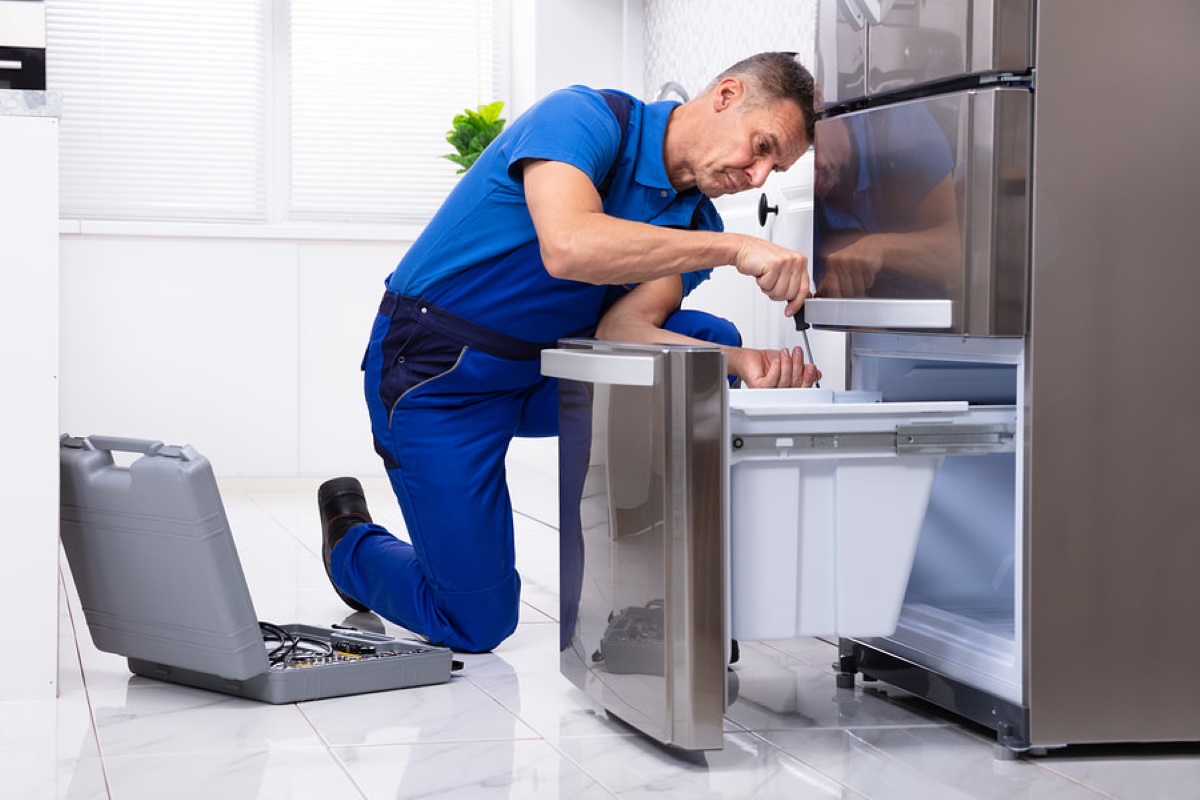
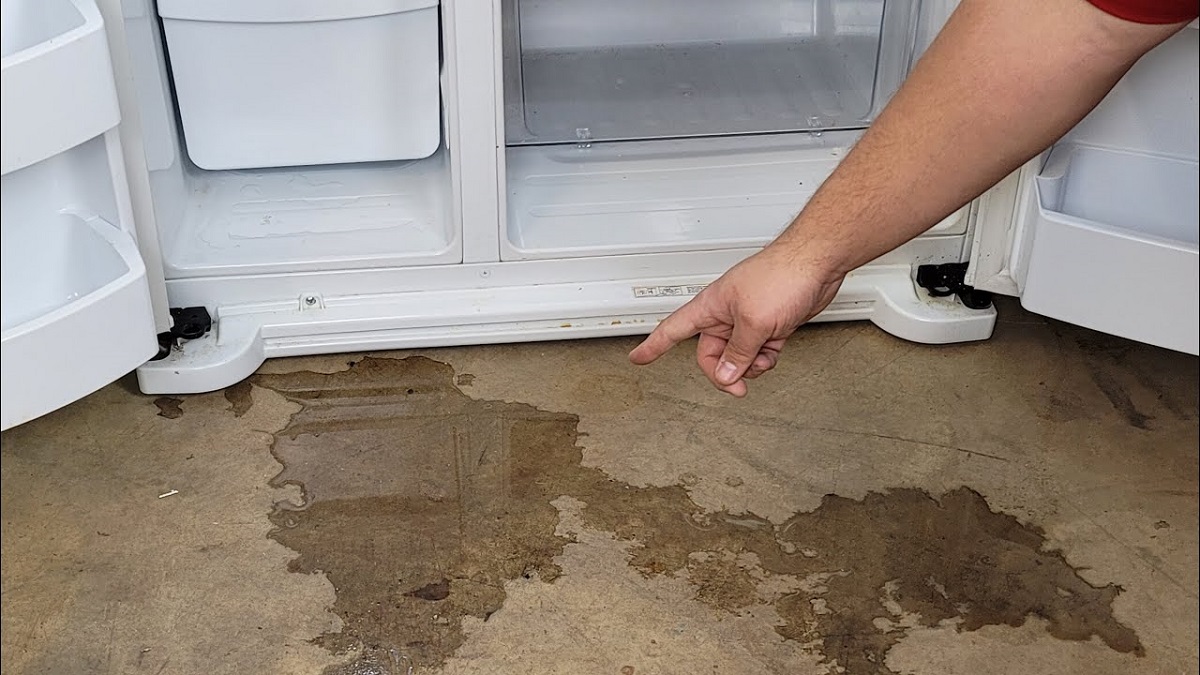
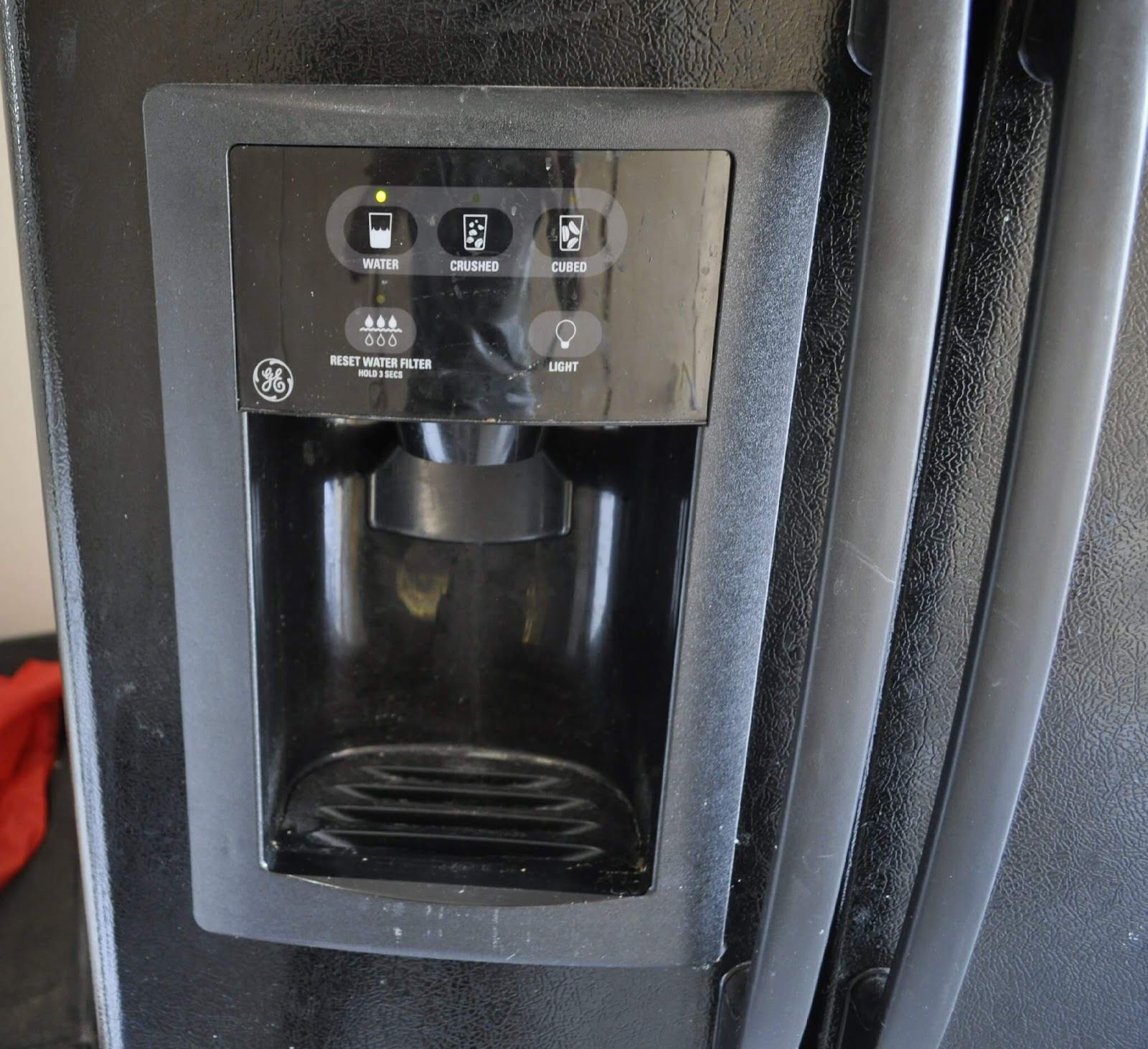
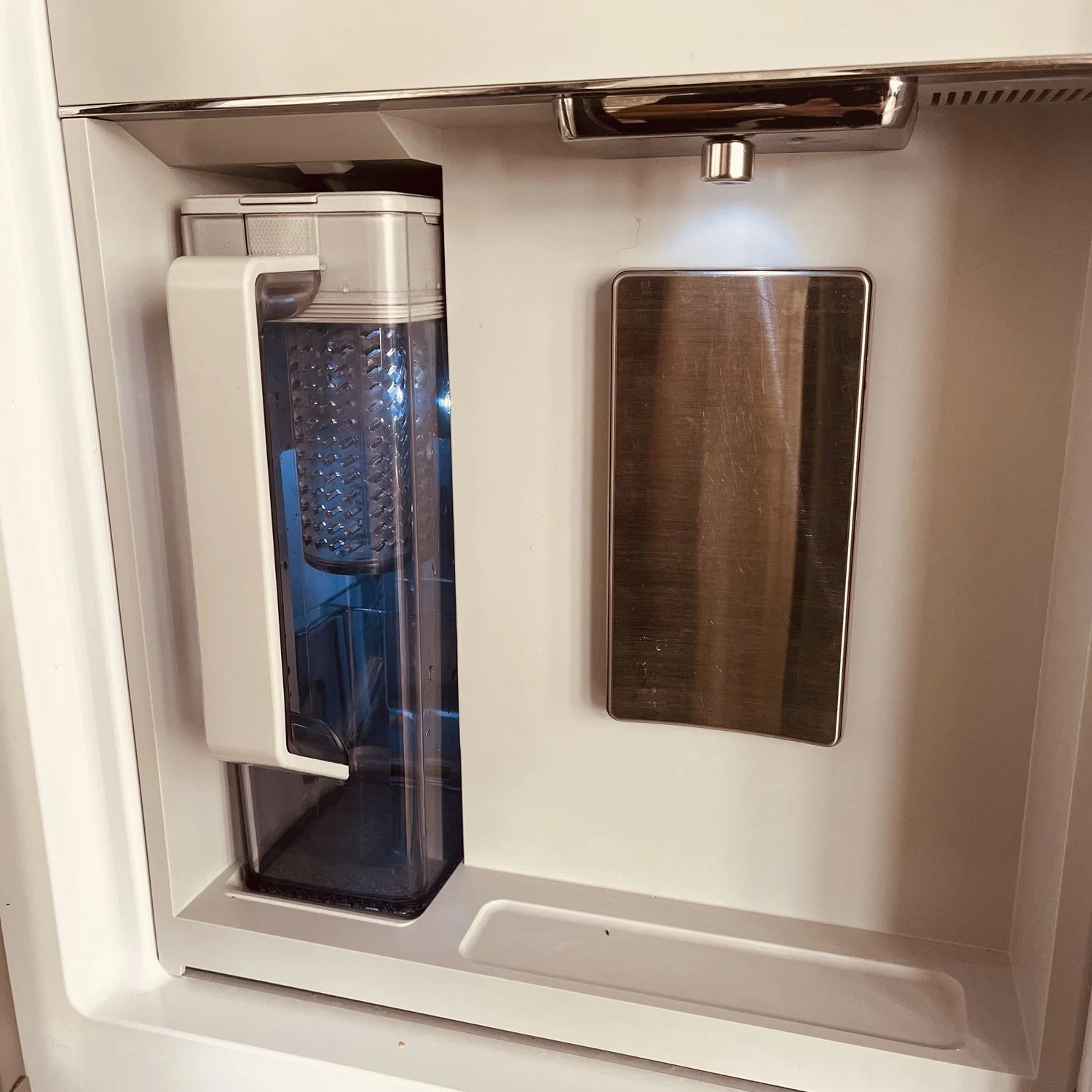
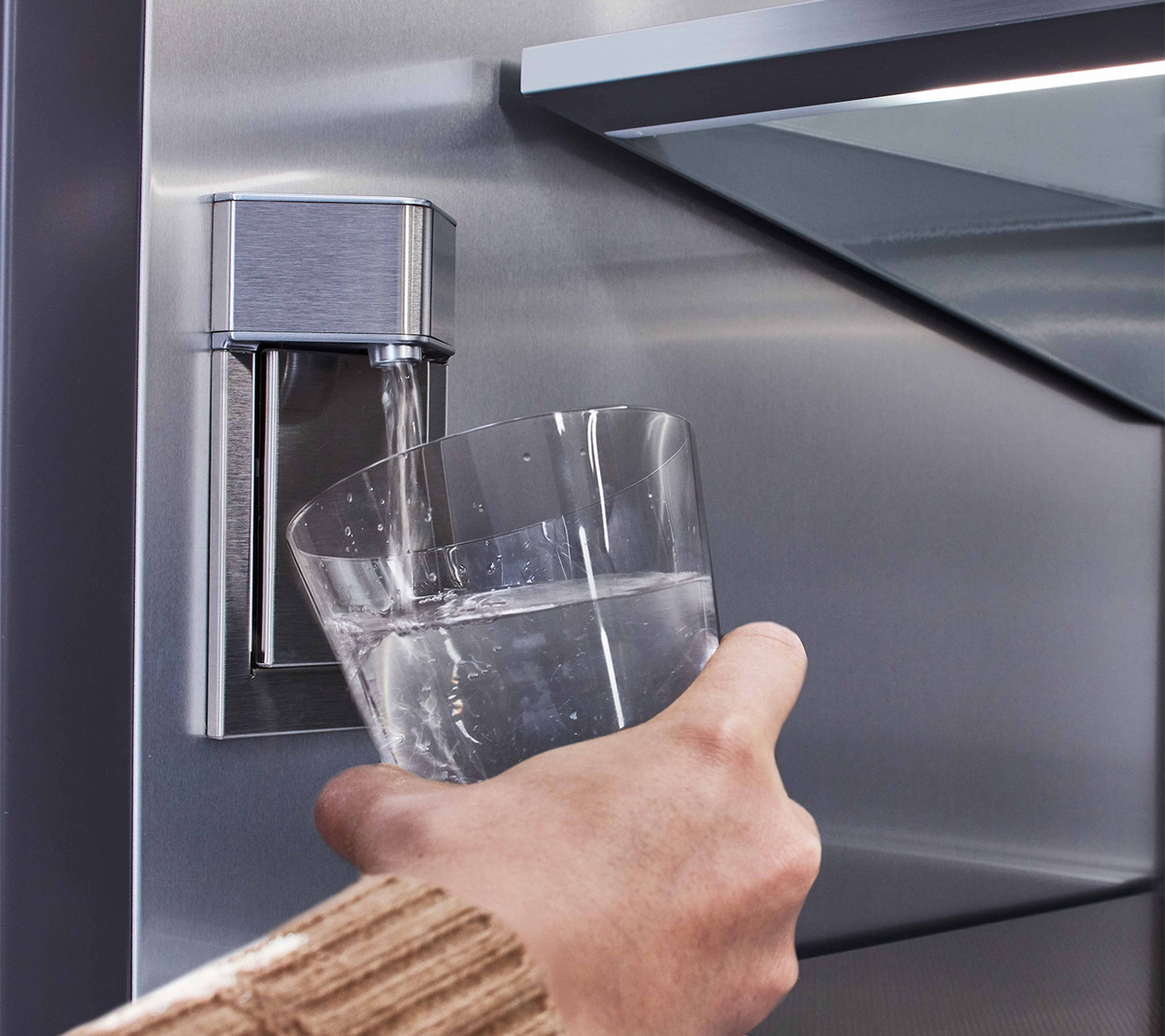
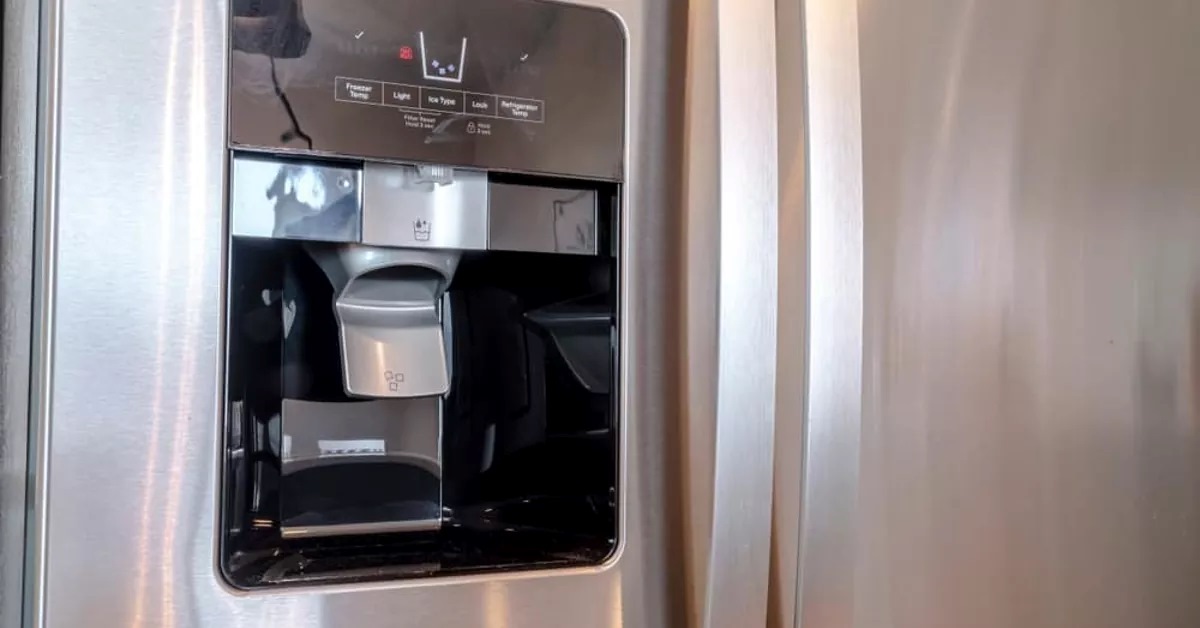
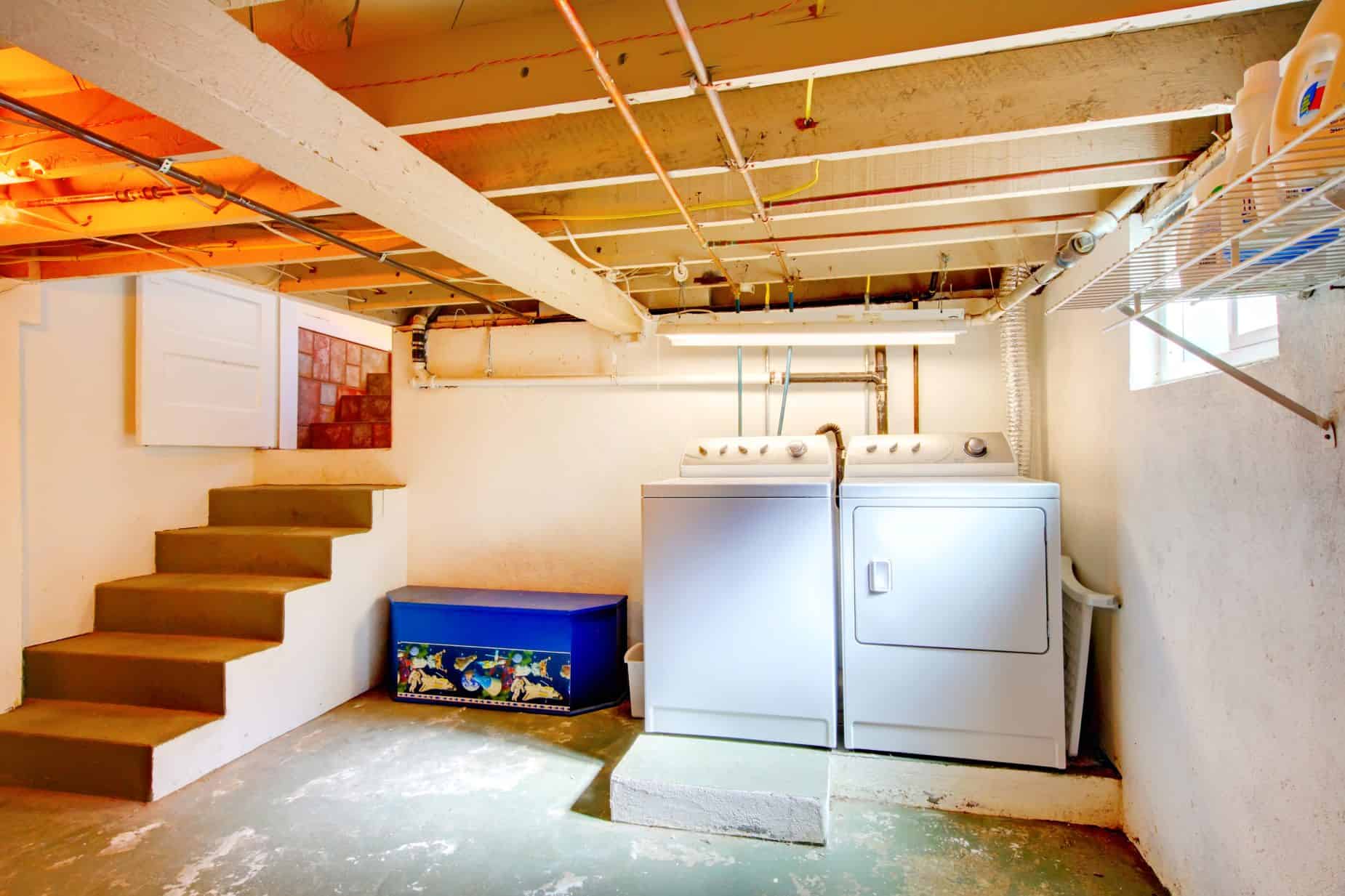
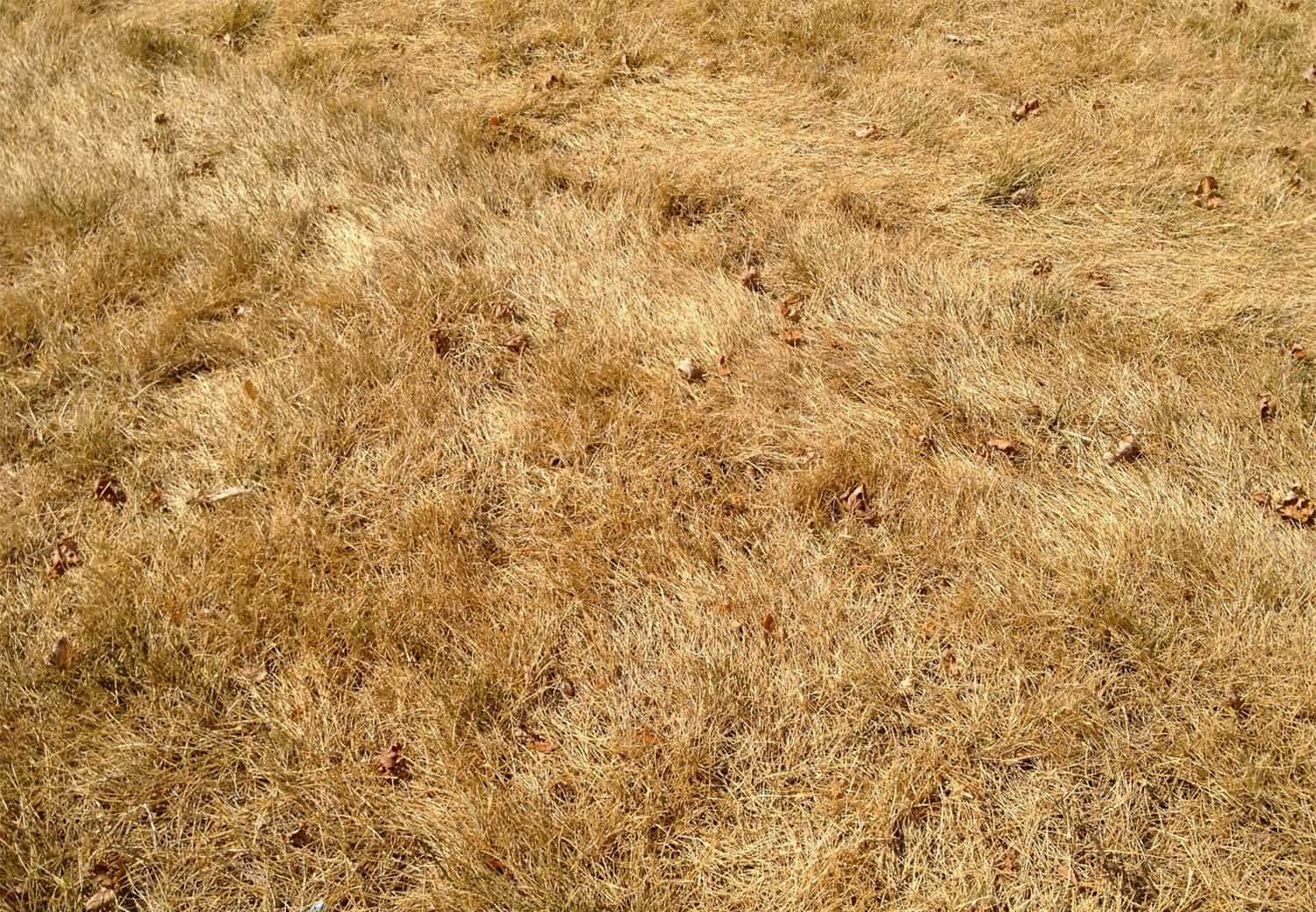

0 thoughts on “Why Is The Water Dispenser On My Fridge So Slow”